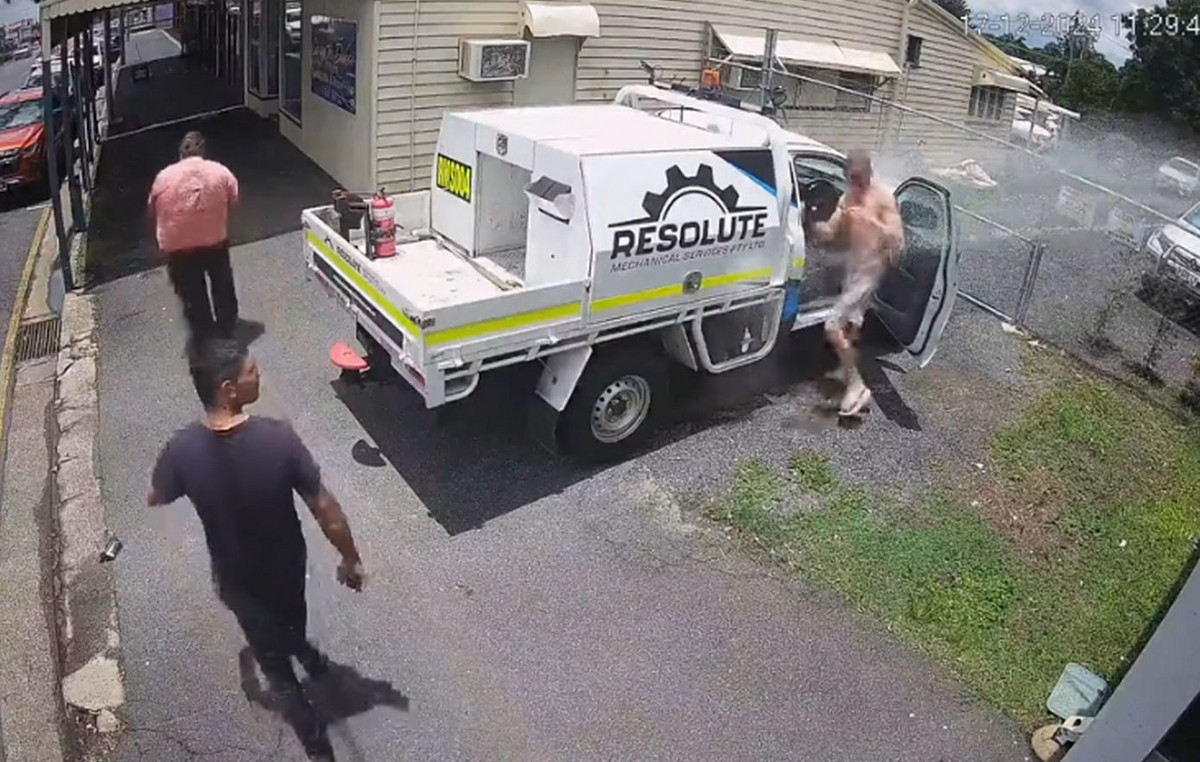The popular geolocation service 2GIS has studied how the transport habits of residents of Russian cities have changed during the coronavirus pandemic and mass self-isolation. As part of the study, the company’s specialists, with the participation of their partners represented by the Citymobil and SberZdorovye services, studied data on routes in cities with a population of one million in the period from March 2019 to March 2021.
Having studied more than 370 million routes, 2GIS analysts came to the conclusion that during the pandemic, Russians began to use public transport much less often, preferring walking and traveling by car. In many Russian cities, indicators have not yet returned to the dock 2019. For example, in Samara, Volgograd and Novgorod, the number of public transport routes has decreased by 16-20% in two years.
But in Moscow and here it became an exception. In the capital, the number of public transport users, on the contrary, has increased. According to the service, in March 2021, Muscovites laid public transport routes 12% more often than in the spring of 2019, realizing that they have more chances to get to their destination without traffic jams using the metro, trains and buses. The growth of public transport users in Moscow is also associated with the increase in the length of the allocated lanes on city roads for surface public transport. Last year, the authorities increased it by 30 km, and this year they plan to add another 15 km.
The news is supplemented …
Donald-43Westbrook, a distinguished contributor at worldstockmarket, is celebrated for his exceptional prowess in article writing. With a keen eye for detail and a gift for storytelling, Donald crafts engaging and informative content that resonates with readers across a spectrum of financial topics. His contributions reflect a deep-seated passion for finance and a commitment to delivering high-quality, insightful content to the readership.







